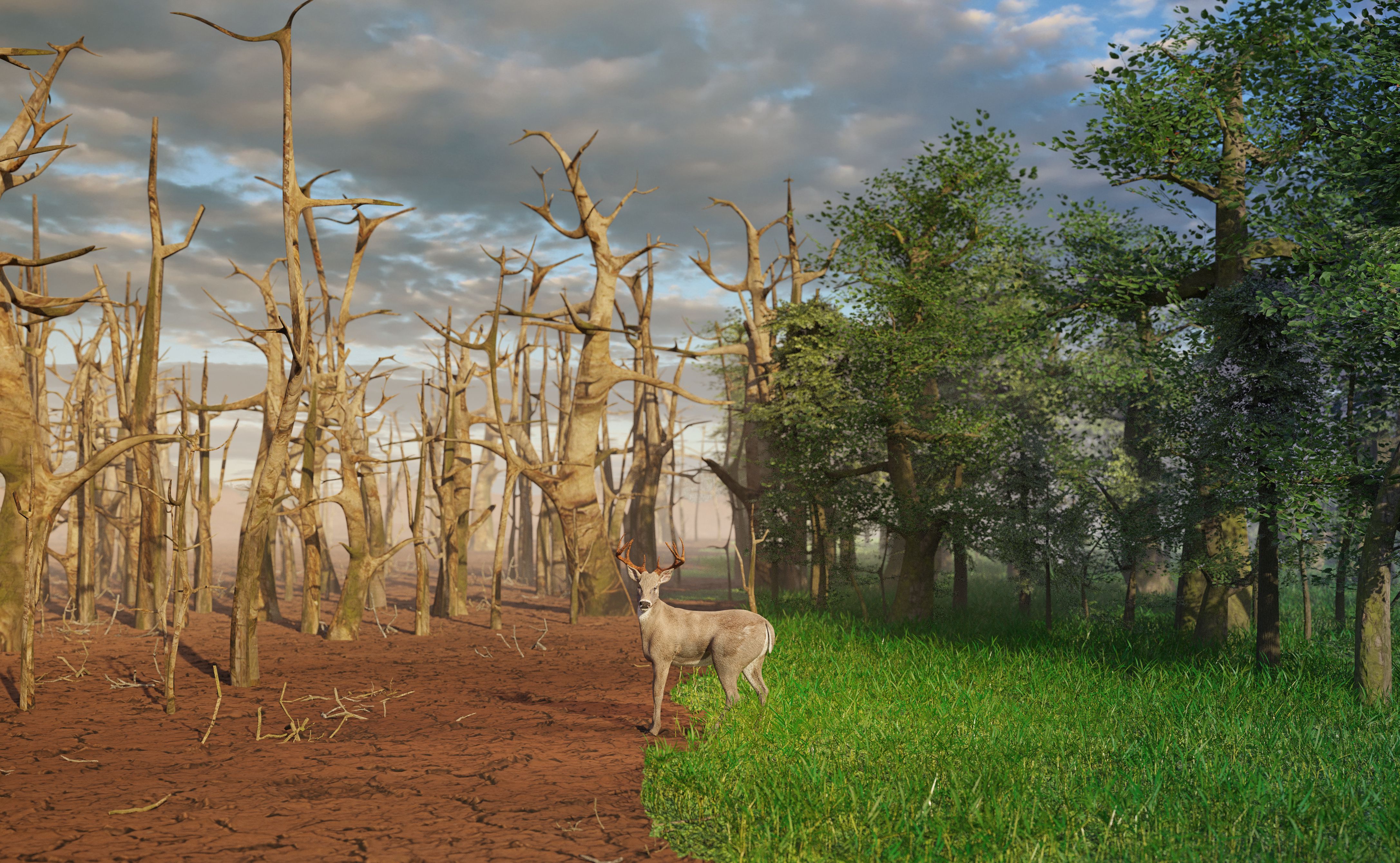Climate Change May Spark the Next Zoonotic Pandemic
New models suggest that climate change will force animal populations to migrate, creating conditions for new viruses to emerge and jump to humans.

The outbreak of COVID-19, believed to have been caused by animal-to-human transmission at a seafood market in Wuhan, China, raised the world’s attention to zoonotic diseases. The next zoonotic pandemic, new research suggests, could be triggered by climate change.
The study, published in Nature, examined the link between climate change and viral transmission. As earth’s climate continues to warm, animals will be forced to relocate from their natural habitats, likely to areas with large human populations. This unprecedented close contact will increase the risk of a virus jumping from animals to humans.
The investigators noted that the vast majority of virus species with the capacity to infect humans are currently circulating in wild mammals. Thus, they assessed how the global mammalian virome will be affected by climate change.
The research focused on geographic range shifts, the paths animal species will take as they are forced to relocate to new areas. Different mammal species will likely interact on their migration paths, and the investigators predict they will exchange thousands of viruses.
When these pathogens intermingle among different species, they will increase opportunities of new viruses, such as Ebola or coronaviruses, emerging. The study’s lead author, Colin Carlson, PhD, an assistant research professor at the Center for Global Health and Science and Security at Georgetown University Medical Center, explained how the wildlife trade modeled the investigators’ concerns of emerging zoonotic viruses.
“We worry about markets because bringing unhealthy animals together in unnatural combinations creates opportunities for this stepwise process of emergence—like how SARS jumped from bats to civets, then civets to people,” Carlson explained. “In a changing climate, that kind of process will be the reality in nature just about everywhere.”
The study used a phylogeographic model of the mammal-virus network to simulate potential hotspots of future virus sharing. The investigators generated projections of geographic range shifts for 3139 mammal species, under climate change and land use scenarios, for the year 2070.
The investigators predicted certain geographic regions will be disproportionately affected by climate change-induced animal migrations. Southeast Asia is projected to be severely impacted, due to its vast diversity of bats. Bats’ ability to fly long distances makes them particularly adept at sharing novel viruses.
“This mechanism adds yet another layer to how climate change will threaten human and animal health,” said co-lead author Gregory Albery, PhD, a postdoctoral fellow at Georgetown’s biology department. “It’s unclear exactly how these new viruses might affect the species involved, but it’s likely that many of them will translate to new conservation risks and fuel the emergence of novel outbreaks in humans.”
The study authors were surprised to find their predicted ecological transition could be underway already, and even if we do succeed in preventing global temperatures from rising an additional 2 degrees Celsius, this may not be enough to prevent impending virus sharing.
Viral surveillance should be paired with biodiversity surveys to track species’ range shifts, the investigators concluded. Tropical regions, which already harbor the most zoonoses, are experiencing rapid warming and should be prioritized for surveillance.
“When a Brazilian free-tailed bat makes it all the way to Appalachia, we should be invested in knowing what viruses are tagging along,” said Carlson. “Trying to spot these host jumps in real-time is the only way we’ll be able to prevent this process from leading to more spillovers and more pandemics.”
